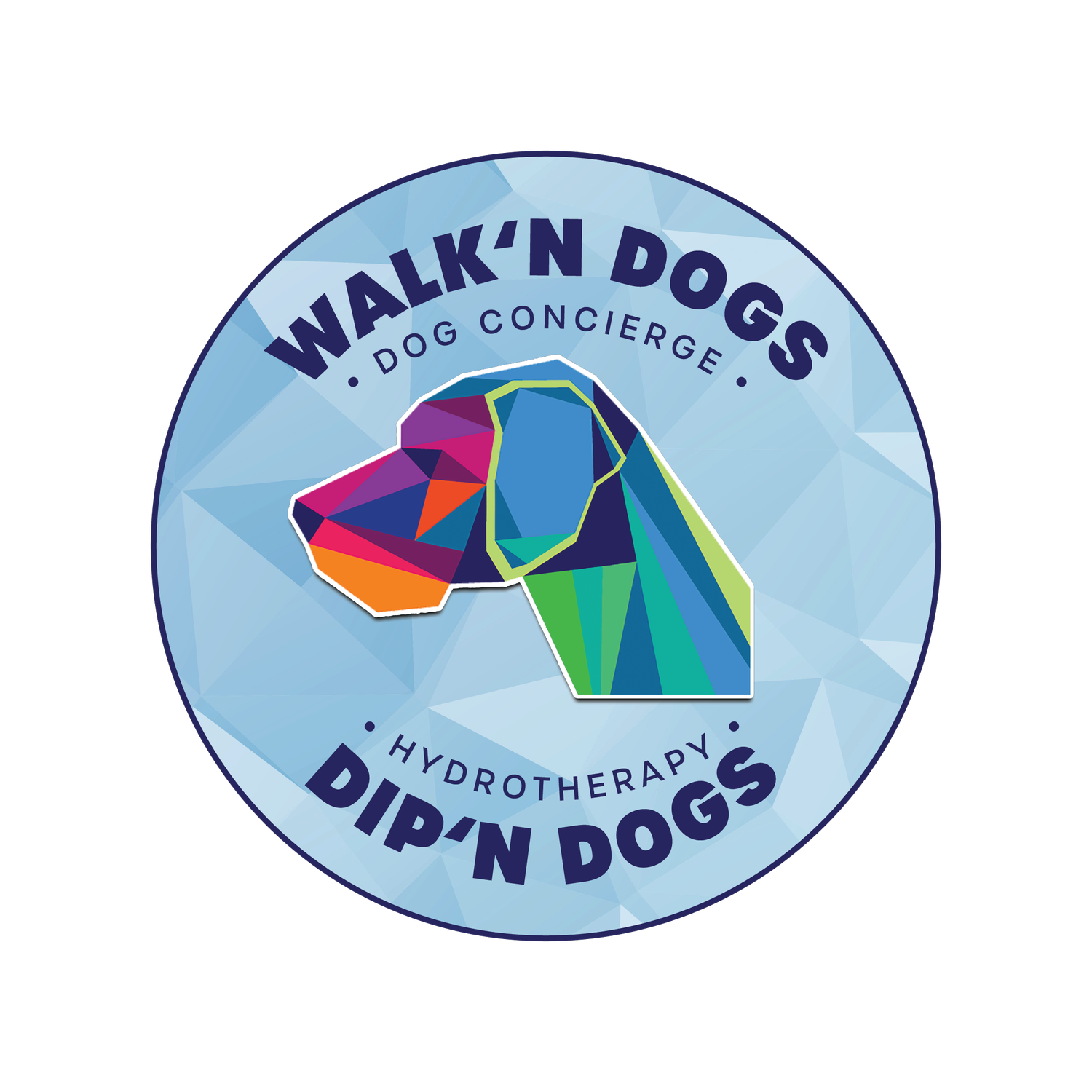Canine Swim Therapy for Degenerative Joint Disease (DJD) in Dogs
Degenerative Joint Disease (DJD), also known as osteoarthritis, is a common condition in dogs, particularly as they age. This progressive disorder leads to joint pain, stiffness, and reduced mobility, making daily activities challenging. While traditional treatments like medication and physical therapy help manage symptoms, canine swim therapy has emerged as a highly effective, low-impact option for improving joint health and overall well-being.
Understanding DJD in Dogs
DJD occurs when the cartilage that cushions the joints deteriorates over time, leading to inflammation, pain, and decreased range of motion. Common causes include:
Aging – Senior dogs are more susceptible to joint degeneration.
Genetics – Certain breeds, such as Labradors, German Shepherds, and Golden Retrievers, are predisposed to arthritis.
Obesity – Excess weight puts additional stress on joints, accelerating deterioration.
Previous Injuries or Surgeries – Trauma to joints can lead to early onset arthritis.
Symptoms of DJD include stiffness, reluctance to move, difficulty standing up, limping, and behavioral changes due to pain. Early intervention is key to maintaining a good quality of life.
Why Swim Therapy is Beneficial for Dogs with DJD
Swim therapy, also known as hydrotherapy, is a non-weight-bearing exercise that allows dogs to move freely without stressing their joints. Unlike walking or running, which can cause further strain, swimming provides a gentle yet effective workout. Here’s why it’s particularly beneficial for dogs with DJD:
Reduces Joint Stress – The buoyancy of water supports a dog’s body weight, relieving pressure on painful joints and allowing for movement without discomfort.
Improves Mobility and Flexibility – The resistance of water encourages a full range of motion, helping to maintain flexibility and prevent stiffness.
Strengthens Muscles – Weak muscles around affected joints can lead to further instability. Swimming strengthens muscles without the impact of land-based exercise.
Enhances Circulation and Reduces Inflammation – The hydrostatic pressure of water improves blood flow, reducing swelling and promoting healing.
Encourages Weight Loss – For overweight dogs, swim therapy provides an effective way to burn calories without stressing the joints.
Provides Mental Stimulation and Pain Relief – Many dogs find swimming enjoyable, which can improve their mood and reduce the anxiety associated with chronic pain.
What to Expect in a Canine Swim Therapy Session
A typical swim therapy session is conducted by a trained professional in a controlled environment, such as a heated therapeutic pool. Sessions generally include:
Gentle Introduction to Water – Some dogs may need time to acclimate to swimming, especially if they are not natural swimmers.
Assisted Movements – A therapist may guide the dog’s movements to ensure proper muscle engagement and prevent overexertion.
Targeted Exercises – Depending on the dog’s condition, different swimming techniques or resistance exercises may be used to maximize benefits.
Rest Periods and Monitoring – Sessions are carefully structured to prevent fatigue and discomfort.
How to Get Started with Canine Swim Therapy
If your dog has been diagnosed with DJD and you’re considering swim therapy, follow these steps:
Consult Your Veterinarian – Get a professional recommendation to ensure swimming is appropriate for your dog’s condition.
Find a Certified Canine Hydrotherapist – Look for a facility that specializes in therapeutic swimming for dogs with joint issues.
Start with Short Sessions – Begin with brief, supervised swims to allow your dog to adjust.
Monitor Progress – Keep track of improvements in mobility, energy levels, and overall comfort.
Combine with Other Treatments – Swim therapy works best alongside other treatments such as joint supplements, medication, and weight management.
Degenerative Joint Disease doesn’t have to mean the end of an active life for your dog. Canine swim therapy offers a safe, effective, and enjoyable way to manage DJD symptoms while improving overall health and mobility. By incorporating swimming into your dog’s care routine, you can help them stay strong, comfortable, and happy for years to come. If your dog struggles with arthritis or joint pain, consider exploring swim therapy as a valuable addition to their treatment plan.

